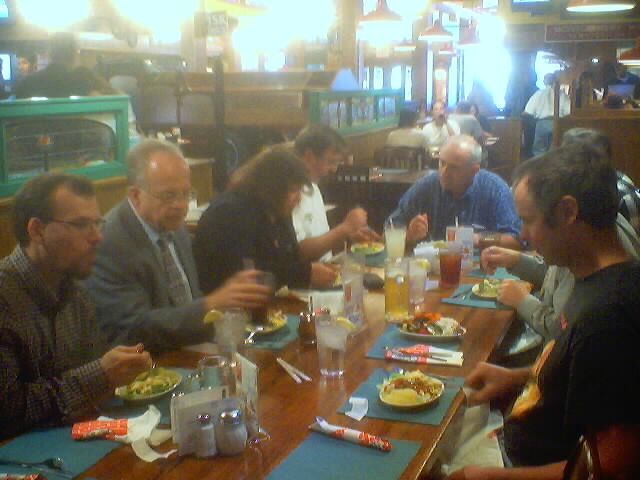


These workshops are targeted for college instructors of 100-level astronomy classes and high school instructors who presently teach astronomy or may be interested in developing an astronomy course. They have three goals: 1) to acquaint educators with the new innovative usages of instructional technology in astronomy education, 2) to introduce new developments in the UNL Department of Physics and Astronomy, and 3) to bring together members of the astronomy and physics teaching community to share ideas and identify potential collaborators.
This event is open to local high school and college astronomy and physics instructors who register in advance. You may register by email or by phone at 402-472-3686. There is no cost for the workshop and coupons for parking garage fees and all instructional materials will be provided. Ferguson Hall and the Stadium Drive Parking Garage can be found on the following set of campus maps which allow one to magnify a region by clicking on it.

|
Abstract: About ten years ago, after I attended a summer session at the Harvard
University Center for Astrophysics, I received an important looking letter
from the Superintendent of Schools. My mission, should I choose to accept
it, was to open the planetarium, develop planetarium programs supporting
the National Science Standards for all grade levels k-12, provide curriculum
materials for classroom teachers, inspire students to study space science,
and maintain the web page. No money would be available. I would be
supported by the local administration in my efforts to seek grant funding
from a variety of sources. I may also use any custodial help necessary to
remove the athletic supplies, equipment, and clothing from the room down by
the gym that once was designated as the planetarium but now used by several
coaches to store clothes, equipment, and supplies. Today the Award Winning Muncie Community Schools' Planetarium includes
programming for students K-12 with free transportation provided to all
school groups. Programs are offered in Spanish and Japanese as well as
English. Students can learn how medicine travels through the human body in
the program Inner Space. Interdisciplinary planetarium programs supporting
the standards in social studies and language arts help students understand
how the vikings sailed to the shores of North America and the references
Shakespeare made to the stars and comets. Remote telescope observations are
made are using the Mt. Wilson 24" telescope. NASA scientists and
researchers visit students in our schools. We have the first display in the
mid-west of Aerogel used in the NASA Stardust mission. Athletic supplies
are no longer stored in that room. |
Background information on Peggy can be found here. Peggy's Powerpoint presentation can be viewed here.
| WebTOP is a 3D interactive computer graphics system that instructors can use to help teach optics, and that students can use to simulate and visualize optical phenomena to help them learn about optics. It is an enhanced web-based version of The Optics Project (TOP), a system that runs on SGI workstations. TOP has been used to help teach undergraduate optics classes at Mississippi State University and the University of North Carolina at Chapel Hill. It has a modular structure, and each module is designed to be: (a) interactive, (b) three-dimensional, and (c) animated (for those phenomena for which animation is appropriate). More information on WebTop can be obtained here. |  |
| The SkyServer webite's tools allow you to access all publicly available data from the Sloan Digital Sky Survey --- a project to make a map of the entire universe. You can use SDSS data to learn about the way the universe works, or even to do original scientific research! The SkyServer site endeavors to show you the beauty of the universe, and let you share our excitement as we build the largest map in the history of the world. More information on SkyServer can be obtained here. |  |
NAAP materials will be demonstrated by each of the following speakers:
